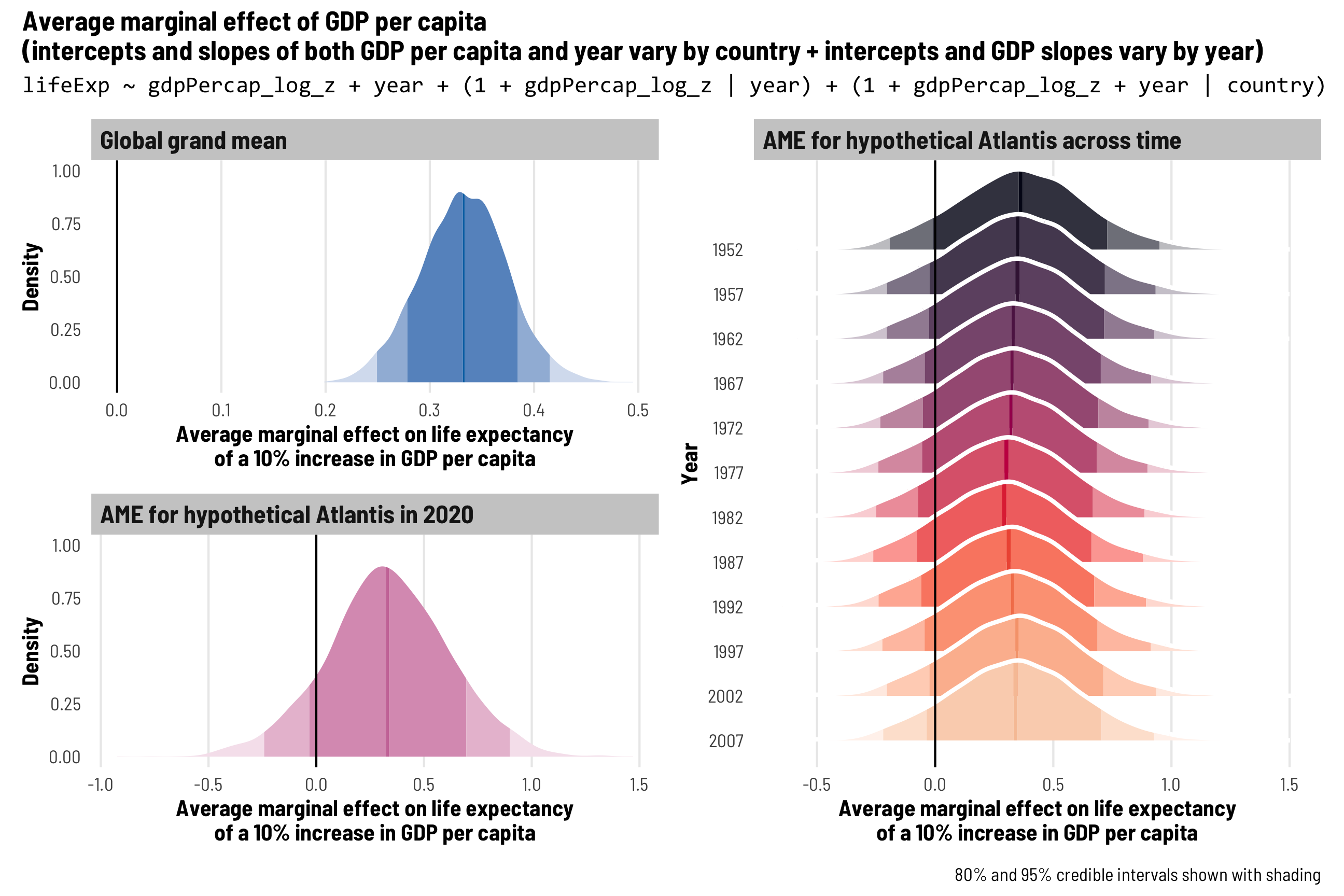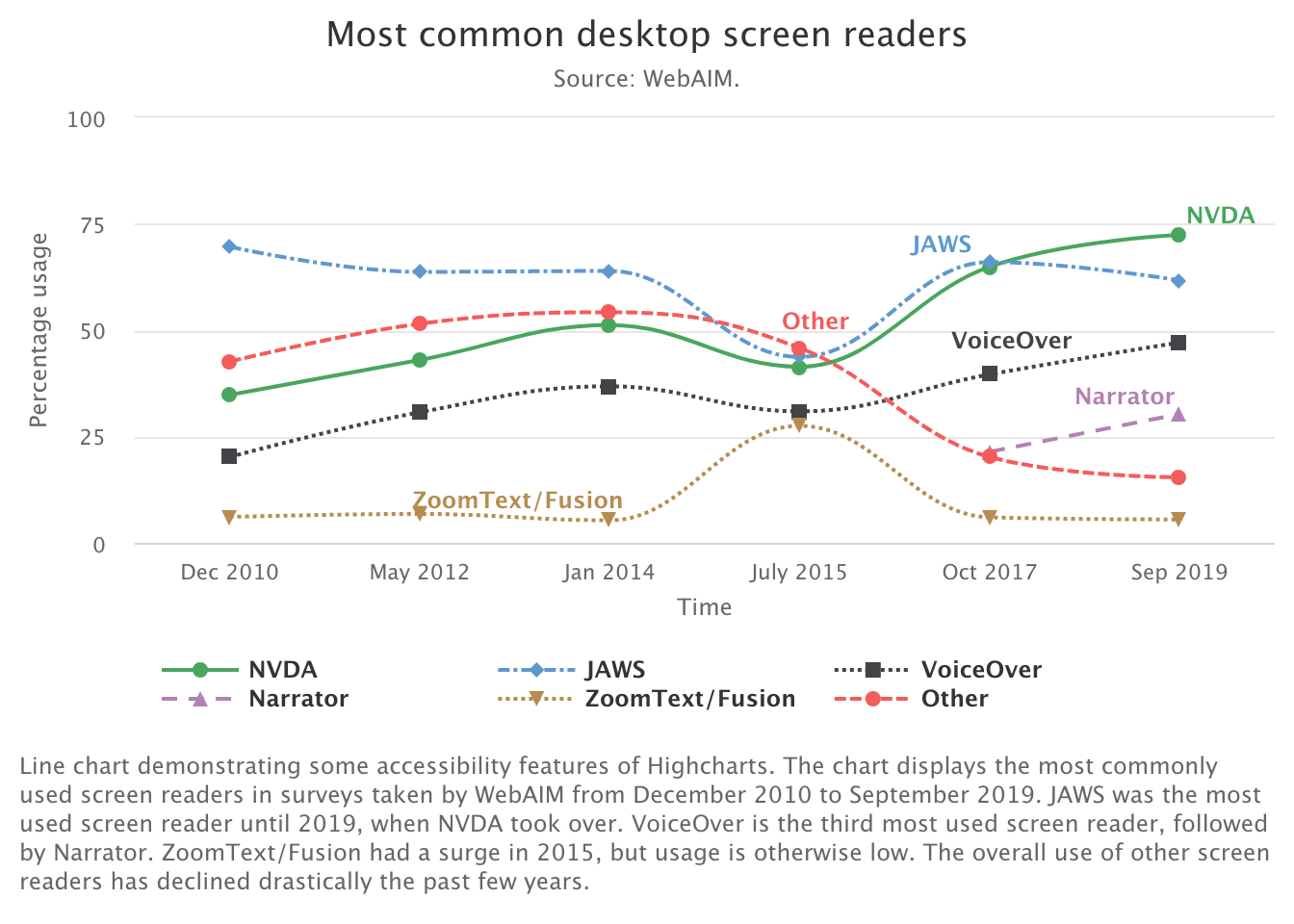
My relationship with reading borders on pathological (and by “borders on” I mean “has literally been a topic of discussion in therapy”). I mean, I’ve gotten it under control somewhat —we’ll use my 2014 Goodreads Reading Challenge as a bar for a bit out of control—which means I can take a look back on my 2021 year in books without too much self-recrimination.







